Guidelines for Die Casting Quality Control
Author: SAIVS Date Published: Oct 08,2023
Die Casting is a widely used manufacturing process that allows for the production of complex
and high-precision metal components. To ensure the production of superior quality castings,
implementing effective Quality Control measures throughout the Die Casting Process is essential.
This article presents guidelines for implementing quality control in the die
casting process, covering its stages and highlighting its advantages.
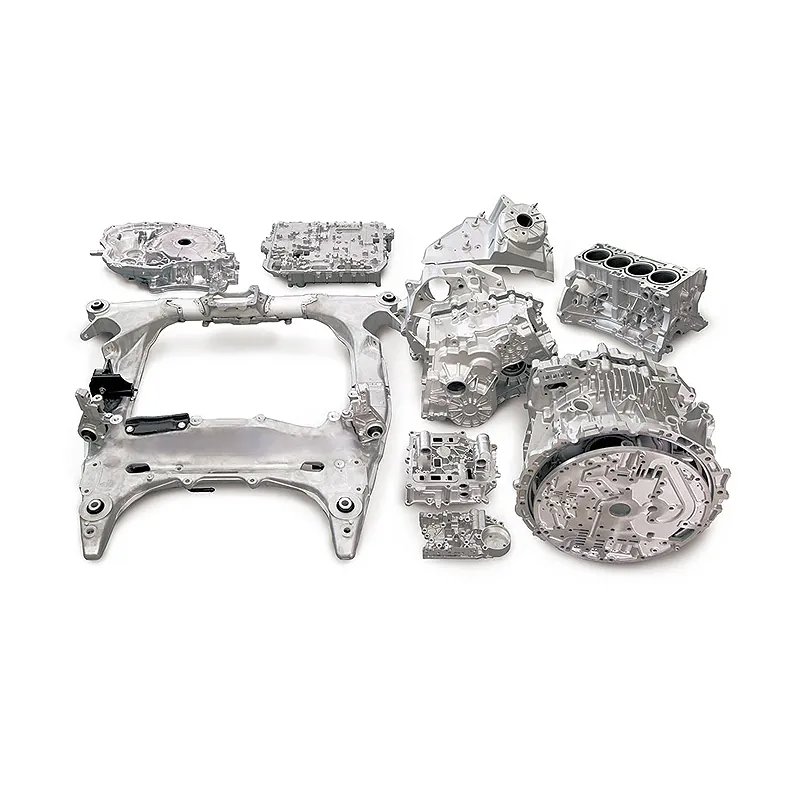
I. Quality Control in the Die Casting Process
Quality control in die casting involves a systematic approach to monitor and manage various aspects
of the manufacturing process to meet defined standards. The following key areas should be considered:
1. Raw Material Inspection:
Thoroughly inspect raw materials such as aluminum or Zinc Alloys before they enter the production line.
Conduct chemical composition analysis, check for impurities, and verify material
certifications to ensure they meet specified requirements.
2. Die Preparation:
Ensure that dies are properly prepared before starting production runs. This includes inspecting dies
for any damage or wear, verifying dimensional accuracy, and confirming proper alignment within die-casting machines.
3. Process Parameter Control:
Maintain strict control over critical process parameters such as metal temperature, injection pressure,
injection speed, and cooling time during each cycle of die casting. Regularly monitor these parameters
using sensors and employ statistical process control techniques to detect variations.
4. In-Process Inspections:
Perform inspections at various stages of the die-casting process to identify potential defects or
deviations from specifications promptly. This includes monitoring mold filling patterns, checking part
dimensions against design specifications, examining surface finish quality, and detecting any visible defects.
II. Stages of Die-Casting Quality Control
Implementing quality control in die casting involves several stages throughout production:
1. Pre-production Stage:
Before commencing full-scale production runs, conduct comprehensive tool trials using representative samples
to validate die performance and optimize process parameters based on desired outcomes.
2. During Production Stage:
Regularly collect data on critical parameters during each cycle of die casting using
real-time monitoring systems integrated with sensors or data acquisition devices.
3.Post-production Stage:
Conduct thorough inspections on finished castings through visual examination as well as
non-destructive testing methods like X-ray radiography or ultrasonic testing
to detect internal defects that may not be visible externally.
III.Advantages of Implementing Quality Control in Die Casting
Implementing robust quality control measures throughout the die-casting process offers several advantages:
1.Improved Product Consistency: By closely monitoring critical parameters and conducting inspections at every stage,
consistent product quality can be achieved with minimal variations between individual castings.
2.Reduced Scrap Rates: Effective quality control helps identify potential
issues early on in the manufacturing process, allowing corrective actions to be taken promptly.
This leads to a reduction in scrap rates by minimizing defective parts produced.
3.Enhanced Customer Satisfaction: Consistently delivering high-quality castings results in improved
customer satisfaction due to reliable performance and adherence to design specifications.
4.Cost Savings: Detecting defects early reduces rework costs while minimizing material wastage due to scrap parts.
Moreover,reducing rejects leads to higher productivity gains overall.
5.Compliance with Standards: Implementing stringent quality control practices ensures compliance
with industry standards and regulatory requirements relatedto product safetyand performance.
Why Choose SAIVS™ as Your Supplier?
1.Superb Quality Control Management
At SAIVS, we take pride in our perfect quality management systems and procedures, which guarantees the excellent performance of all our producs, being a professional Investment Casting | Die Casting| Sand Castingmanufacturer in China.
2.Rich Production Experience
With 20 years of experience in production, SAIVS has a deep understanding of the market and trends, and strives for continuous research and innovation. This has created advantages in both the product's performance and appearance.
3.Competitive Prices
As a Chinese factory committed to becoming the most cost-effective Investment Casting | Die Casting| Sand Castingexporter in China, SAIVS provides high-quality products at advantageous prices. By lowering costs and increasing efficiency, we ensure that our customers receive the best possible value for their investment.
4.Perfect After-sales Service
At SAIVS, we strive to provide superior customer service that meets and exceeds expectations. We are always available for any questions or concerns you may have, and we stand by our commitment to providing excellent after-sales support.
Related Posts
-
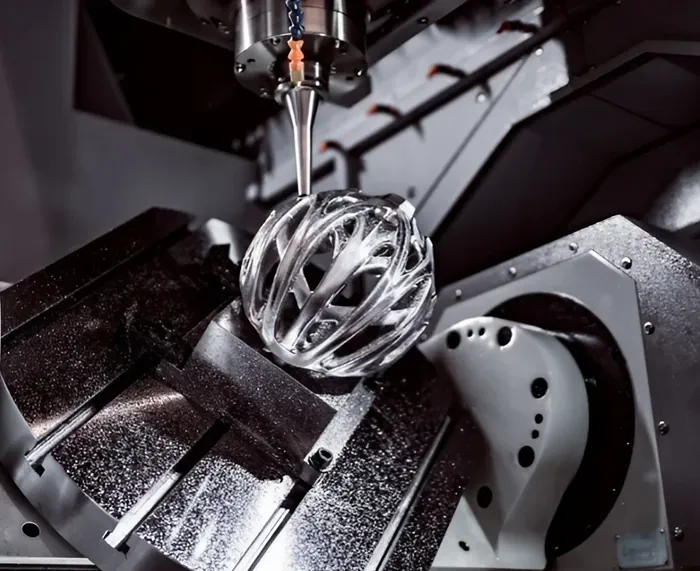
Achieving Precision: Mitigating Deformation in CNC Aluminum Machining
This guide explores aluminum properties, factors leading to deformation, and effective strategies to minimize it.
-
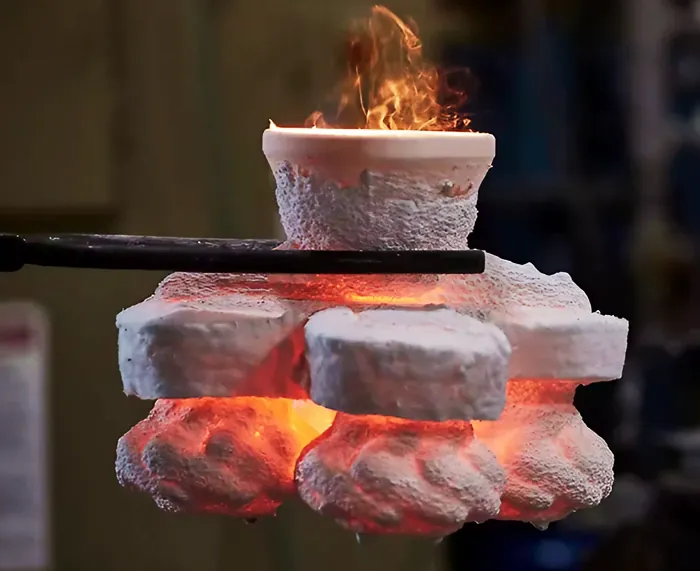
Investment Casting: Freedom in Design with Minimal Draft Angles
This article explores the concept of draft angles, their role in casting processes, and how investment casting overcomes this limitation, enabling the creation ...
-
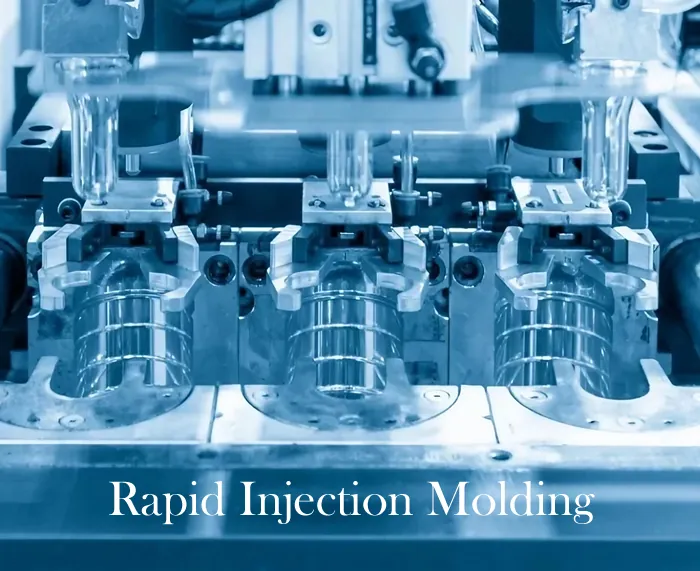
Rapid Injection Molding: A Guide to Fast-Track Production
Rapid injection molding offers fast, cost-effective production of plastic parts in low to medium volumes. Learn about the process, advantages, disadvantages, an...
-
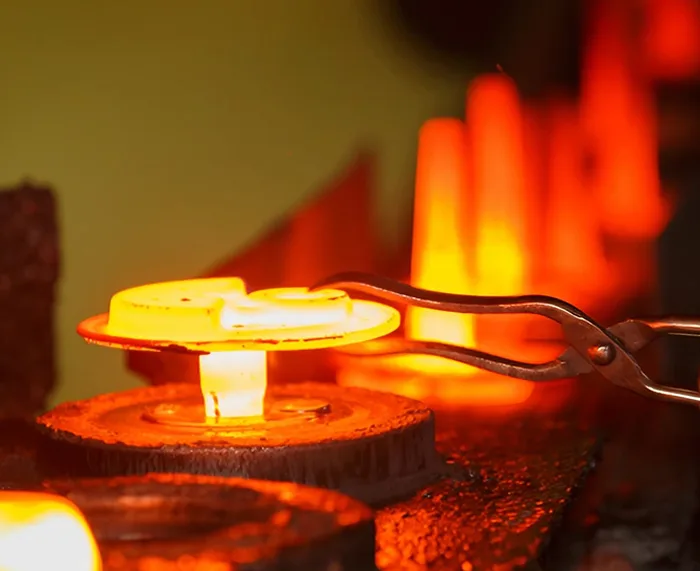
Why Investment Casting Is Crucial In the Aerospace Industry
Investment casting, also known as lost-wax casting, is a process that involves creating a wax model of the desired part, coating it with a ceramic material, and...
-
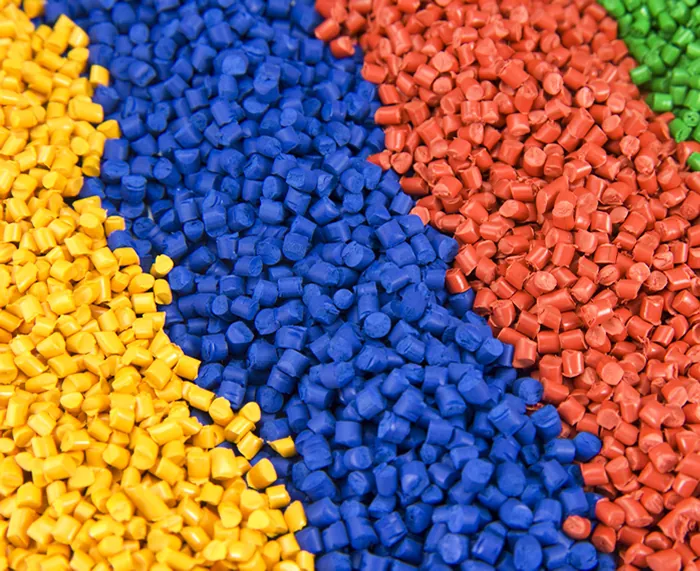
Achieving Consistent Color in Injection Molding
This article explores the importance of color consistency in injection molding and details various methods and best practices to achieve it.
-
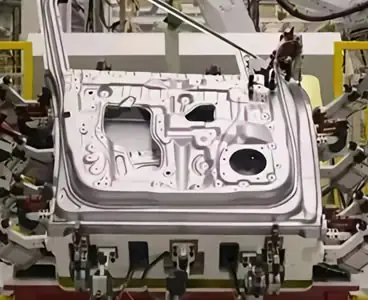
Forging and stamping: the current status of automobile stamping technology
The modern automotive industry demands ever-increasing production scale, multi-model compatibility, and large, integrated body panels. Traditional rigid, s

